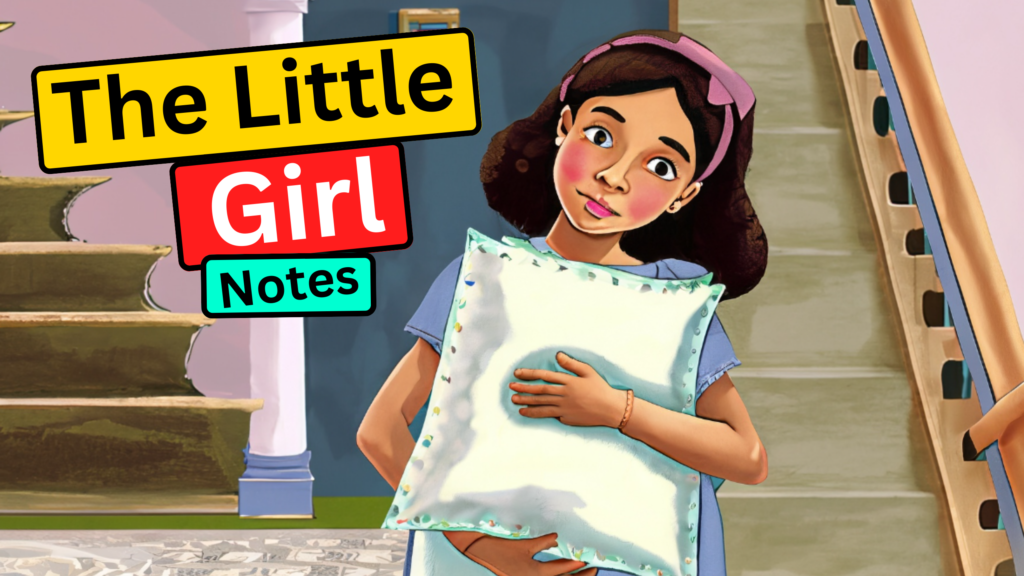Table of Contents
Introduction: The Fun They Had
The story is a fictitious depiction of how schools and books will be in the future. It contrasts today’s educational system with that of the future.
It is based on a diary entry that a young girl named Margie wrote on May 17, 2157. In the future, students will be taught alone at home in a room called the schoolroom. Mechanical teachers, whose speed can change depending on a student’s needs, will take the place of human teachers.
The story’s characters learn about the education system of the past and want to be a part of it. They dislike their generation’s mechanical teachers, who lack human interaction and fun. They want to attend school with their classmates because they enjoy the experience of learning from a human teacher.
Summary: The Fun They Had
Margie, an 11-year-old girl, wrote a diary entry titled “Today Tommy found a real book!” on May 17, 2157. It was an old book. Margie’s grandfather once told her about a time when every story was printed on paper. Tommy discovered the book in his attic. Margie and Tommy turned the yellow and crinkly pages of the book. Margie found it amusing to read the book because the words did not move like they did on her television.
Tommy, a 13-year-old boy, called the book a waste because it could be thrown away after only one reading. They compared the book to their television screen, which could hold a million books while still leaving room for more. Margie felt the same way, despite the fact that she hadn’t seen many television shows. She inquired as to where he had obtained that book. He responded that he discovered it in his attic. Tommy informed Margie that the book he discovered was about the school, but Margie was uninterested because she despised her school and her mechanical teacher. Her mechanical teacher was large, black, and unsightly, with a large screen. All of the lessons were displayed on the screen, and questions were posed.
Margie despised the slot where she had to place her homework and test papers on a daily basis. She had to write them in a punch code she learned when she was six years old. Her mechanical teacher constantly put Margie to the test in geography. She had been doing poorly in the tests. Mrs. Jones, Margie’s mother, was concerned about her daughter’s poor performance in the tests. So she summoned the County Inspector to see if there was anything wrong with the mechanical teacher.
The County Inspector was a small, round man with a red face. He was carrying a box containing tools, dials, and wires. He smiled and handed Margie an apple. He removed the television teacher. Margie hoped that the County Inspector would be unable to repair the mechanical teacher and would instead take it with him. She was hoping for this because Tommy’s teacher had been suspended by the Inspector for one month due to a problem with the history department. But after an hour, it was brought back in front of her with its large screen.
The Inspector smiled and patted Margie on the back of her head. The County Inspector arrested the mechanical teacher. He told Margie’s mother that it was not her fault. In fact, Margie found the geography section to be a little too quick to read and understand. He corrected the geography section by slowing it down to the level of a 10-year-old child. He also stated that Margie’s overall performance had been quite satisfactory.
Tommy and Margie had a conversation after reading the book about historical schools. Margie stated that she would not want a stranger living in her home and teaching her. Tommy informed her that the teachers do not live in the same house as the mechanical teachers did. That was a type of old school that existed hundreds of years ago. In the past, schools were housed in separate buildings from the students’ homes.
Human teachers instructed the students. Every child of the same age learned the same thing. However, Margie stated that, according to her mother, a teacher must be adjusted to fit the mind of each boy and girl it teaches. As a result, each child had to be taught differently. The teacher instructed them, asked questions, and assigned homework.
Margie was curious about those strange schools, but it was time for both Tommy and Margie to return to their respective schools. As a result, they decided to read the book later. Tommy turned and walked away. He’d tucked the dusty book beneath his arm. Margie’s schoolroom was in her house, right next to her bedroom.
When her school day began, her mechanical teacher activated. Her school was open every day except Saturday and Sunday because her mother believed that little girls learned better during regular school hours. The mechanical teacher had planned to teach her arithmetic about the addition of proper tractions, but she was uninterested in learning.
Margie placed her homework in the spot designated by the mechanical teacher. She was remembering old schools where all the kids came in, laughing and shouting, and sat together in the schoolroom. They had human teachers, shared the same lessons, and helped one another with their homework. The mechanical teacher was flashing a fraction question on the screen, but Margie was thinking about how much fun the kids had at school in the past.
Moral of the story : The Fun They Had
The lesson to be learned from the parable “The Fun They Had” is that digital tools should not be used in place of face-to-face communication and other time-honored educational practises. – The children in the story did not have any peers with whom they could interact because they received their instruction from a robot through a screen. Instead, they were instructed by the robot.





